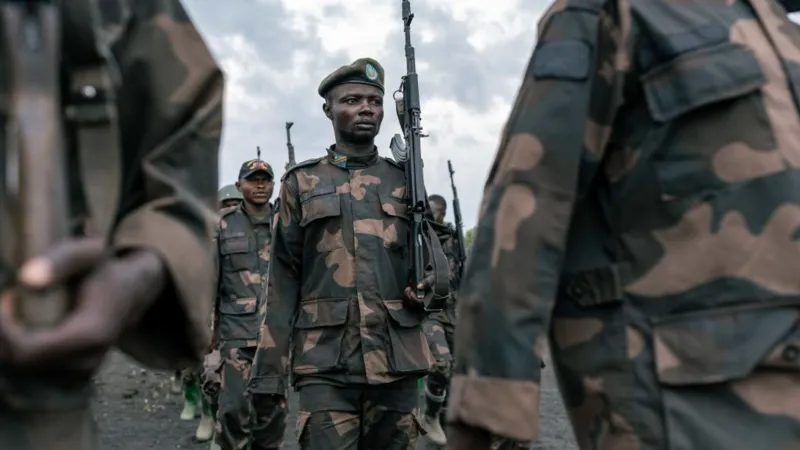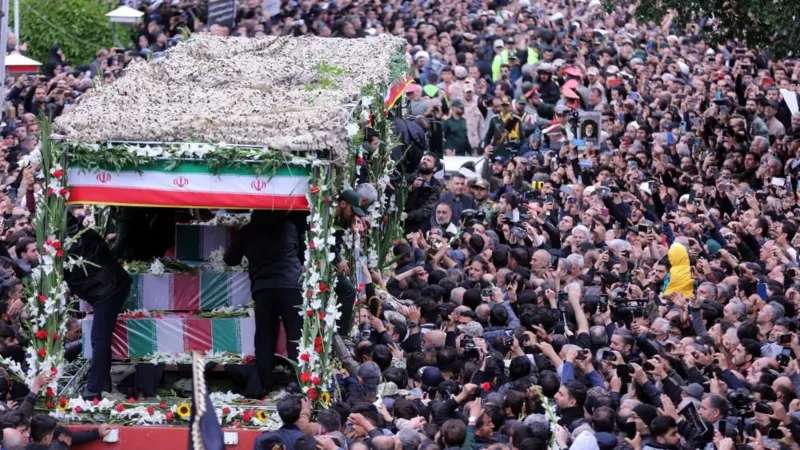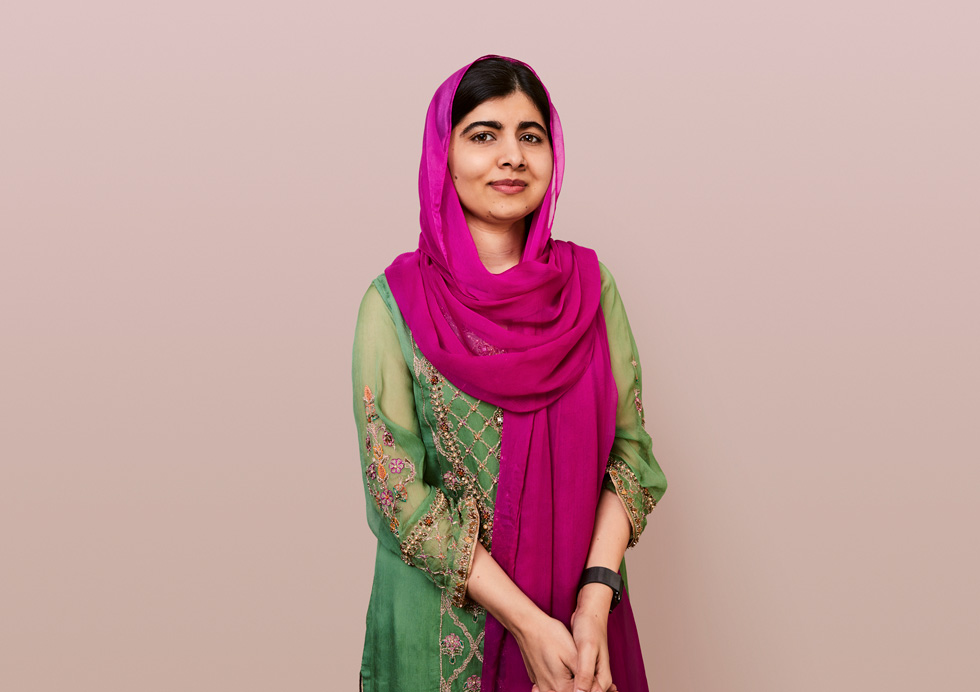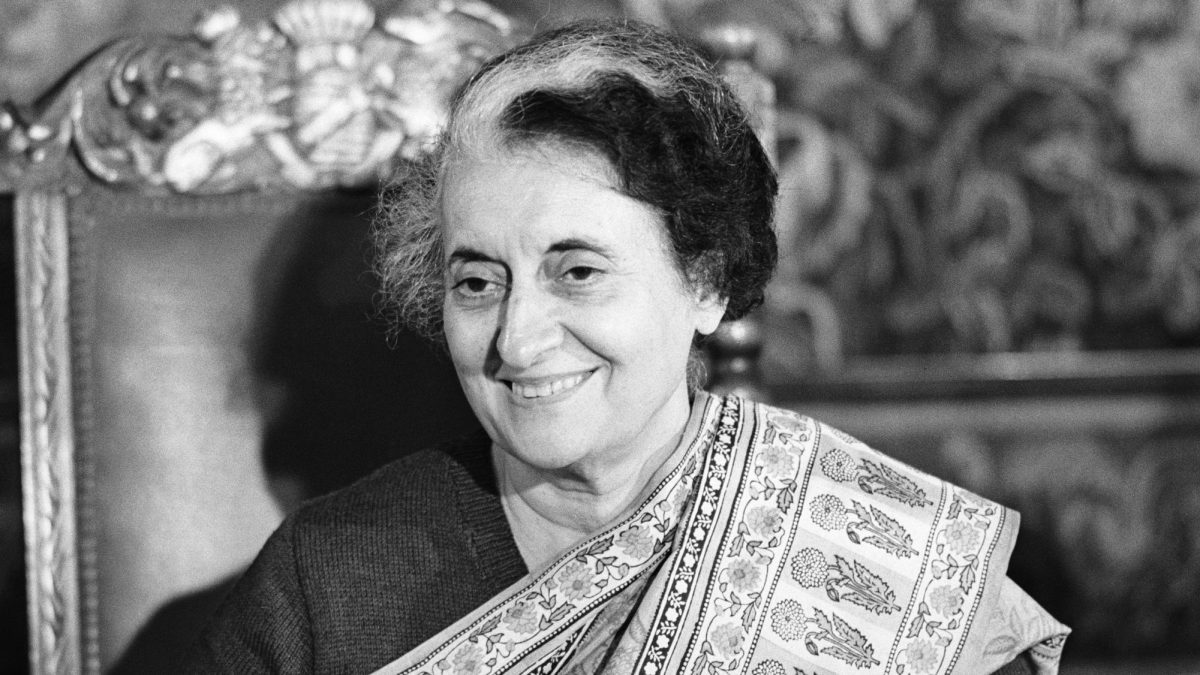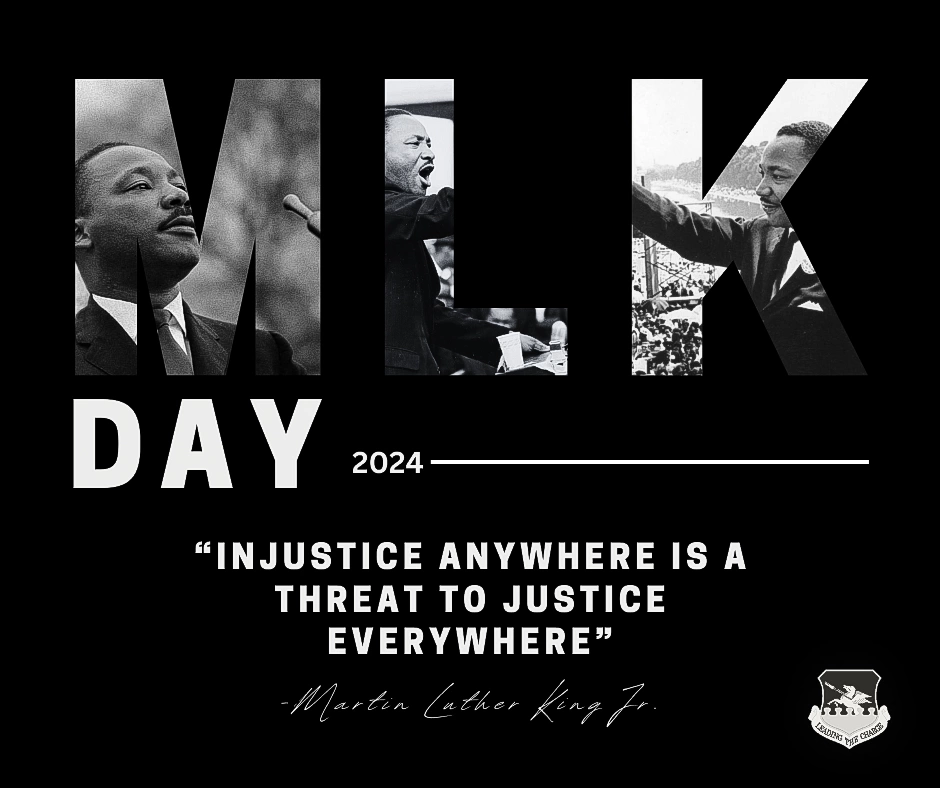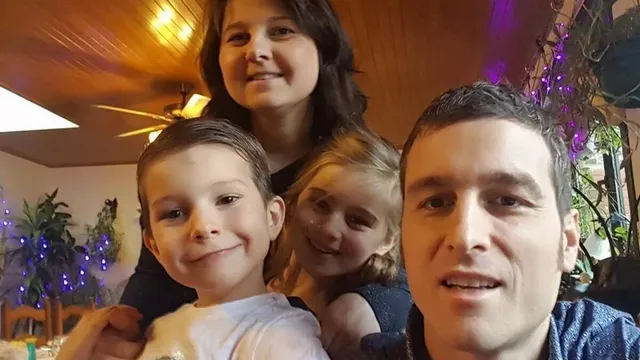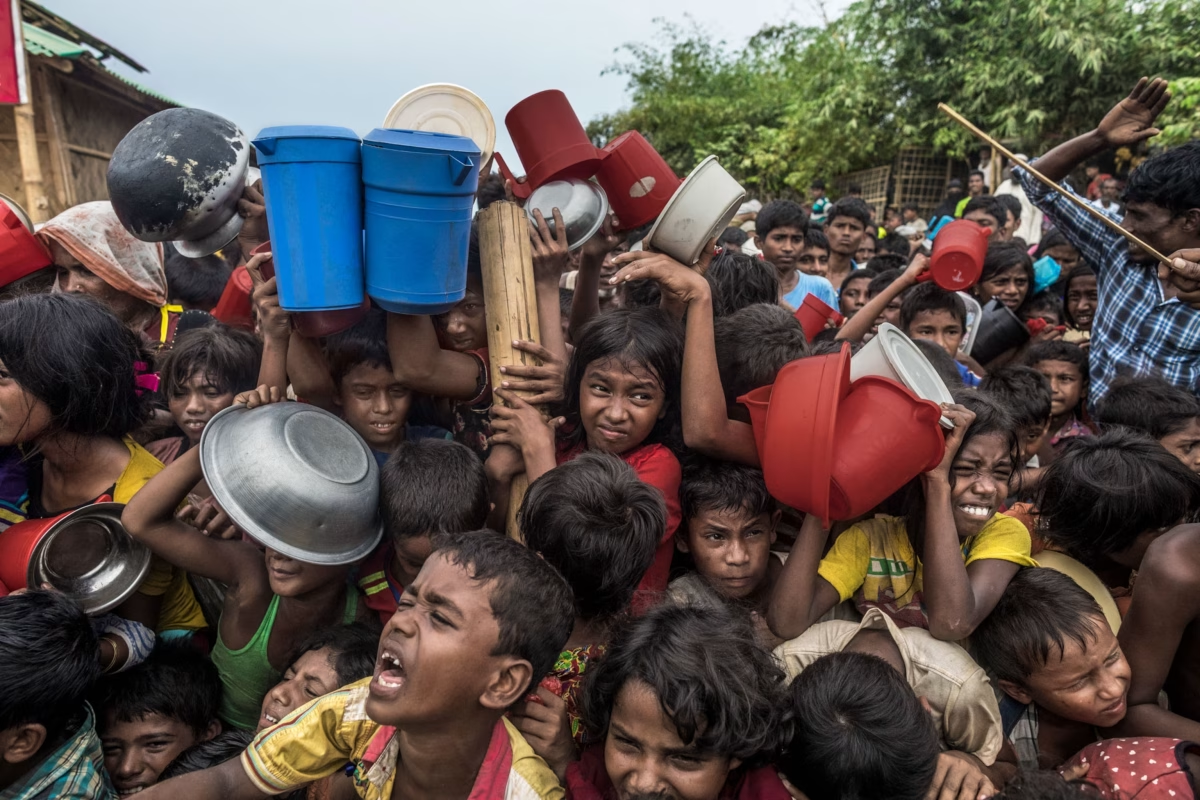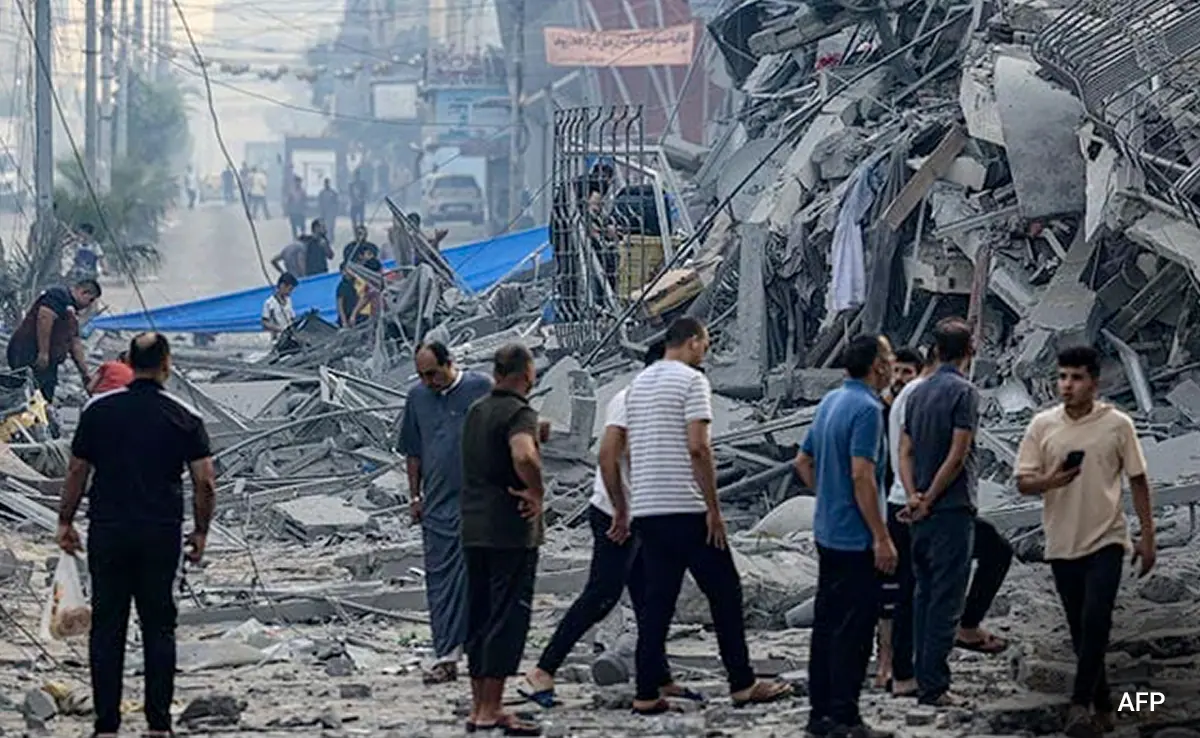At least 100 have been conscripted into the junta. All of their names have been changed to protect them.

“I was frightened, but I had to go,” said Mohammed, a 31-year old man Rohingya living near the capital of Rakhine state, Sittwe. He resides in the Baw Du Pha camp. Around 150,o00 Rohingyas have been displaced and forced to live in IDP (Internally Displaced Person) camps over the past 10 years. In the middle of February, the camp’s leader told Mohammed late at night that he had to go do military training. He added that if he did not obey the army orders, the military would harm his family. Another group of Rohingyas conscripted into the military were taught how to use BA-63 rifles, an older weapon commonly used by Myanmar’s military.
Unfortunately, Rohingyas in Myanmar are still denied citizenship and have to follow many discriminatory rules. In 2012, many Rohingyas living in mixed communities in Rakhine state were forced to live in these camps. In 2017, 700,000 of them fled to Bangladesh after the military launched a clearance operation against them, killing thousands and burning their villages. Around 600,000 still remain in Rakhine. Because of this, Myanmar now faces a genocide trial at the International Court of Justice in the Hague.
Myanmar’s junta is now forcibly recruiting the Rohingyas for the Myanmar Civil War as a result of a Rohingya insurgent group known as the Arakan Army taking much of the territory in Rakhine state. The military is also facing many losses in other parts of the country. Opposition forces recently took Myawaddy, a vital trade route on the eastern border of Myanmar. Most of Myanmar’s overland trade passes through there.
The army has also lost a large portion of its soldiers, as many either die, surrender, defect to the opposition, or are wounded in battle. Finding replacements is also difficult, due to many people not wanting to risk their lives serving an already unpopular government.

Mohammed said that he had been driven to the base of the 270th Light Infantry Battalion in Sittwe. Rohingyas are prohibited from entering the city after they were kicked out of Sittwe in 2012. “We were taught how to load bullets and shoot. They also showed us how to disassemble and reassemble a gun.” He was trained for two weeks and then sent back home. However, after just 2 days, he was put on a boat with around 250 other soldiers and was transported to Rathedaung, where a battle with the Arakan Army was underway. “I had no idea why I was fighting. When they told me to shoot at a Rakhine village, I would shoot.” He fought there for 11 days and was sent to a hospital in Sittwe after being injured by shrapnel in both of his legs. They were short of food after an enemy shell hit their supply hut. Many Rohingya drafts were killed in the battle.
On March 20, the Arakan Army revealed pictures from the fight, showing many corpses. Around 3 were identified as Rohingyas.
The junta denies using Rohingyas to fight battles with the Arakan Army. Military spokesman General Zaw Min Tun stated that there was no plan to send any Rohingyas to the front line. “We want to ensure their safety, so we have asked them to help with their own defense.” In contrast, 7 Rohingyas in 5 different IDP camps all said that they know of at least 100 Rohingyas that have been drafted by the military in just this year. Teams of soldiers and local government officials came to the camps in February and told people that they would receive food, wages, and citizenship if they joined.
Food in IDP camps has become scarce and expensive due to conflicts with the Arakan Army eventually cutting off international aid. The denial of citizenship is also one of the reasons Rohingyas suffer from discrimination and is described by human rights activists as similar to apartheid. However, when the soldiers returned to take the conscripted men, they removed their offer of citizenship, saying “you misunderstood.” The soldiers added that they would be militiamen, not soldiers. While the army was demanding new potential recruits, no one was willing to join after seeing what happened to the “militiamen” on the front lines.
By using the Rohingyas in their military, Myanmar is trying to instigate more conflict between them and the Rakhine Buddhists, who support the Arakan Army. The friction between the Rohingyas and the Rakhines was what caused the Rohingyas’ expulsion from Sittwe in 2012. Many Rakhines also joined the attacks on Rohingyas in 2017. Relationships between the two communities have eased now.
The Arakan Army is fighting to establish an autonomous state, along with many other ethnic insurgent groups in different regions of Myanmar. The Arakan Army has talked about giving everyone citizenship, including those who lived recently but had to move away, which probably implies that the insurgents will accept the Rohingyas in Bangladesh.
However, a spokesman for the Arakan Army, Khaing Thukha, said that they saw Rohingyas conscripted into the army as “the worst betrayal of those who had recently been victims of genocide, and of those fighting for liberation from dictatorship.” Pro-military media has also shown what appears to be anti-Arakan protests led by Rohingyas in Buthiduang, though many suspect that this was organized by the military in order to further divide Rohingyas from the rest of the people in Rakhine.


